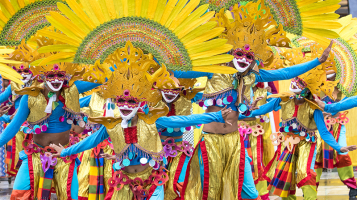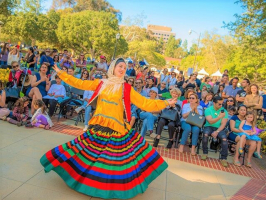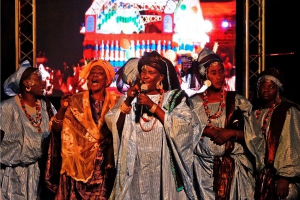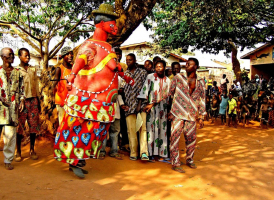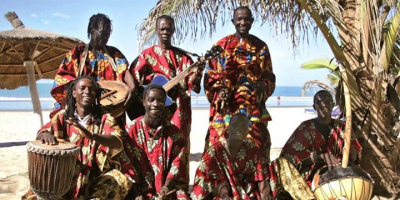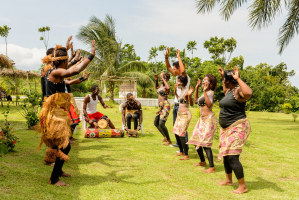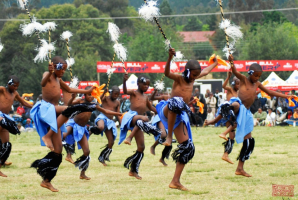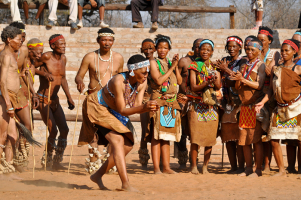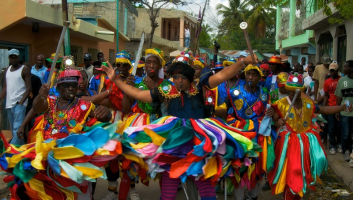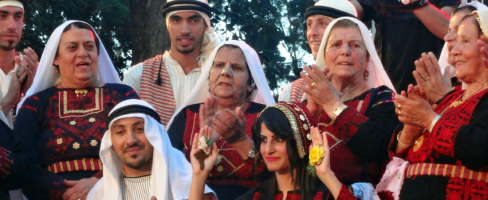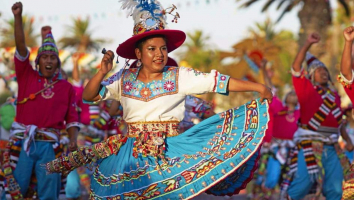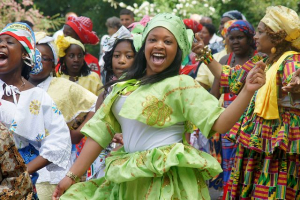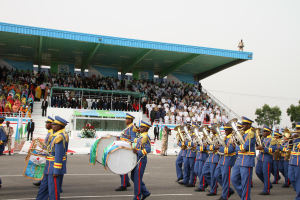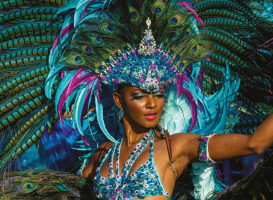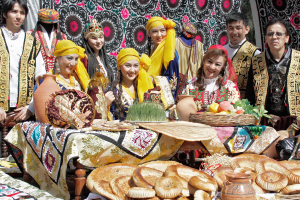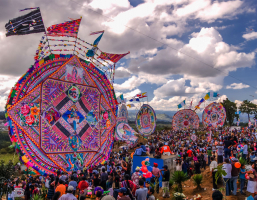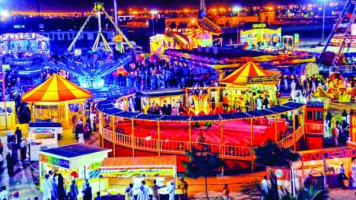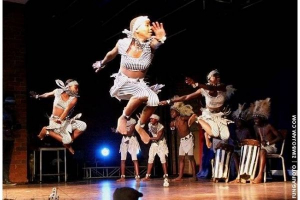Top 10 Most Famous Festivals in Iceland
Festivals in Iceland generate warmth and high spirits to counteract the cold weather. All holidays are joyfully commemorated, and they are accompanied by ... read more...decorations, parades, and festivities that take place all around the island. Let’s discover the most famous festivals in Iceland now!
-
The Secret Solstice festival is a newcomer to the Reykjavik music festival scene, with the first edition only taking place in 2014. Every year on June 21, the summer solstice occurs, and Iceland is blessed with the glorious midnight sun. There was a huge void in Iceland's summer festival calendar before 2014; this one filled it. One mystery headliner is always present during Secret Solstice (hence the name). However, some wacky marketing has helped it establish itself as one of Iceland's best and most popular festivals.
The main stages are all in one place in Reykjavik's Laugardalur recreational area, right near to the city's largest swimming pool. It is possible to camp right next to the festival, however it is not recommended. For a high price, Secret Solstice VIP tickets with lavish extras are offered. A standard festival pass, on the other hand, costs roughly 191 USD for four days of partying under the midnight sun in the world's northernmost city.
Date: June 21st
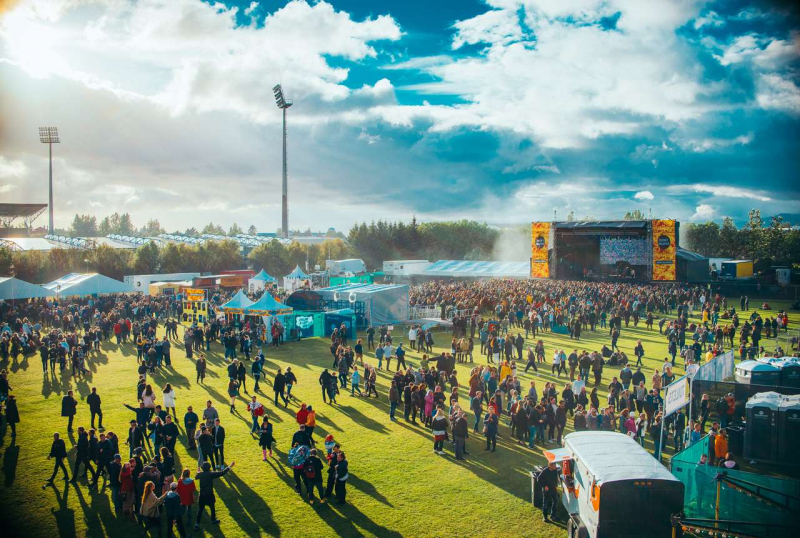
Source :The Travel Magazine 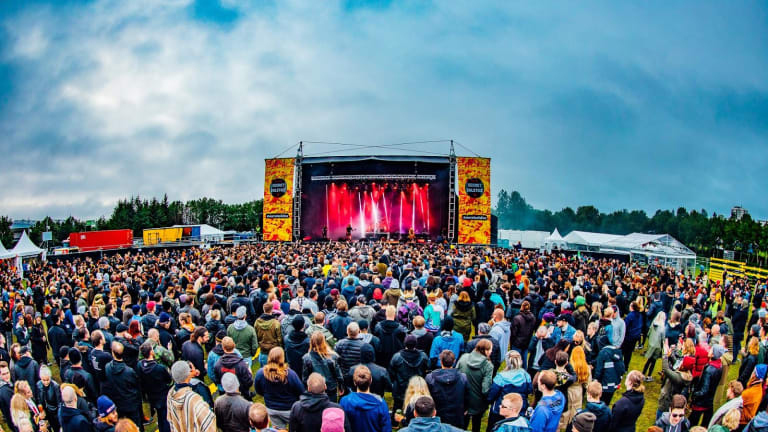
Source: EDM.com -
Reykjavik Pride has grown to be one of, if not the largest, gay pride festivities in Iceland. The festival honors the LGBTQ+ community, as well as its supporters, friends, and family members. Colorful costumes, loud party music, people dancing, and glitter abound throughout Reykjavik's downtown area. Saturday is the major day of the festival, which begins with a massive parade in the city center and ends with all-night partying. This event is open to the public and is free to attend and has become one of the most famous festivals in Iceland.
Whether you're gay, lesbian, bisexual, transgender, non-binary, straight, asexual, female, male, young, or old, it doesn't matter. Reykjavik Pride is attended by everyone. Every year, the former mayor dresses up in drag, and the current president delivers a speech honoring diversity. The festival is always held on the second weekend of August.
Date: August
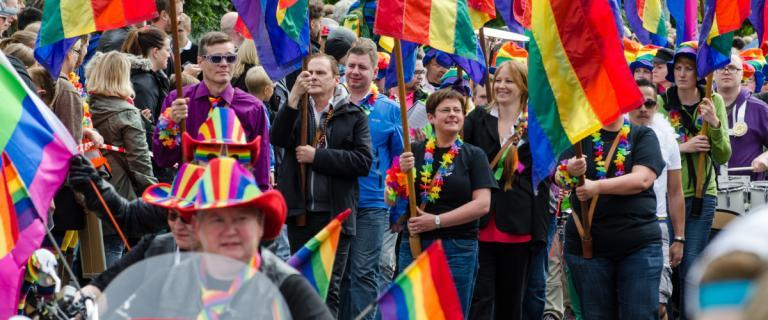
Source: Borgin Okkar 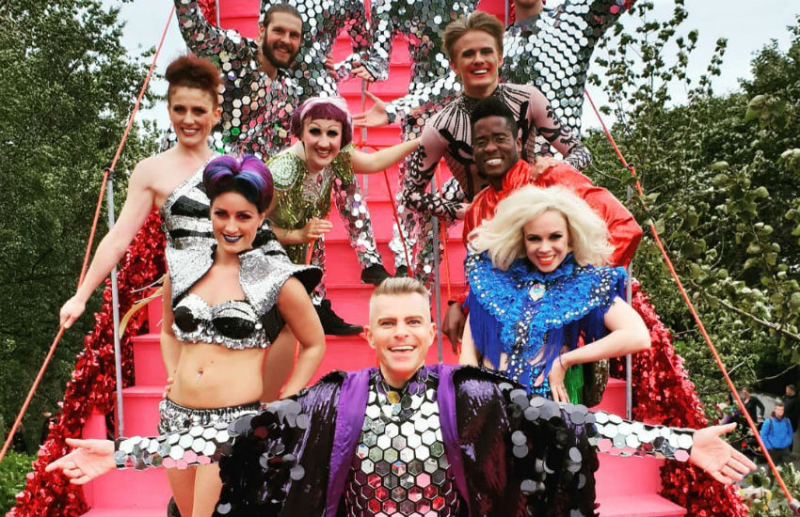
Source: Gay Star News -
Culture Night, also known as "Menningarnott," is an annual one-day celebration in Reykjavik that takes place on a Saturday in late August, usually between August 18 and 22. Dance, design, music, art, concerts, games, pop-up stores, and a variety of interactive activities are all part of the festival. Galleries and museums are open, and admission is free to everybody. On the same day, the Reykjavik Marathon takes place.
Some residents even open their doors and welcome visitors to come in for free home-baked waffles. As a result, it's a great way to meet the locals and tour their homes. If you're lucky enough to be in Reykjavik for Culture Night, you'll be treated to a crazy and joyful atmosphere unlike any other, especially on Laugavegur's streets. The evening always ends with a beautiful fireworks display near the Harpa.
Date: August
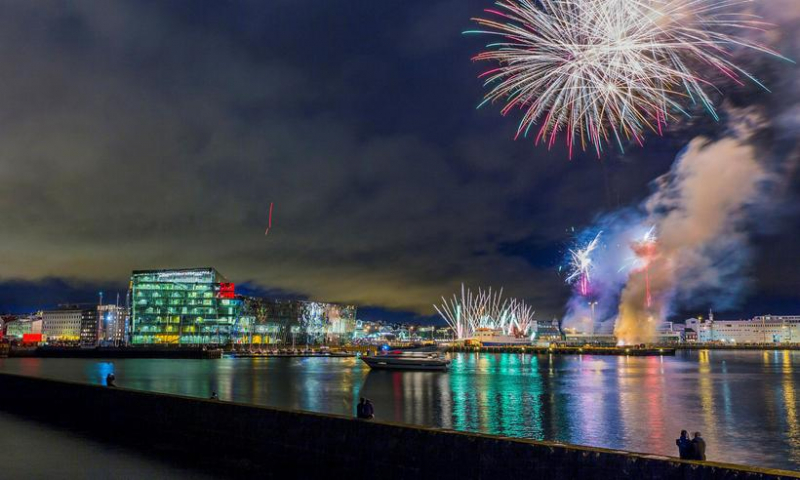
Source: Iceland Monitor Source: Benoit Voit 5 -
One of the most famous festivals in Iceland - Reykjavik Arts Festival takes place every other year, in May or June. Throughout the city, a range of national and international dance, theater, design, and art will be on show. Individual events and performances can be purchased at a variety of price points. Since 1970, this has been one of Europe's oldest and most prestigious art festivals.
The Reykjavik Arts Festival showcases excellent artistic achievements from around the world while also cultivating a strong and lively interaction with its audiences, expanding the circle to encompass as many people as possible so that they can experience the arts on their own terms.
In all of its decisions, the Reykjavik Arts Festival embraces diversity and places a premium on accessibility and environmental sensitivity. Courage, professionalism, joy, and bold ideas drive programming.
Date: May or June
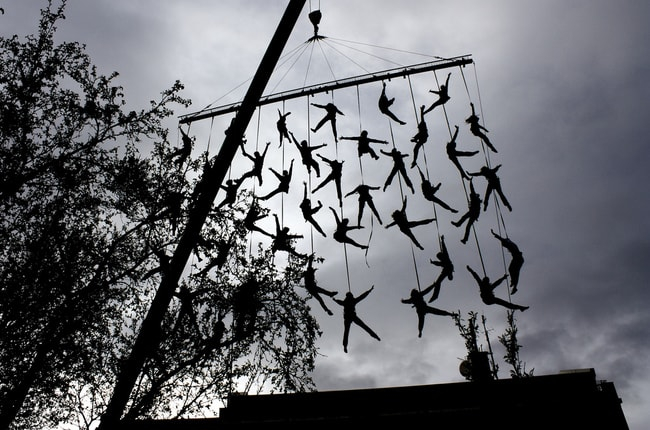
Source: Culture Trip 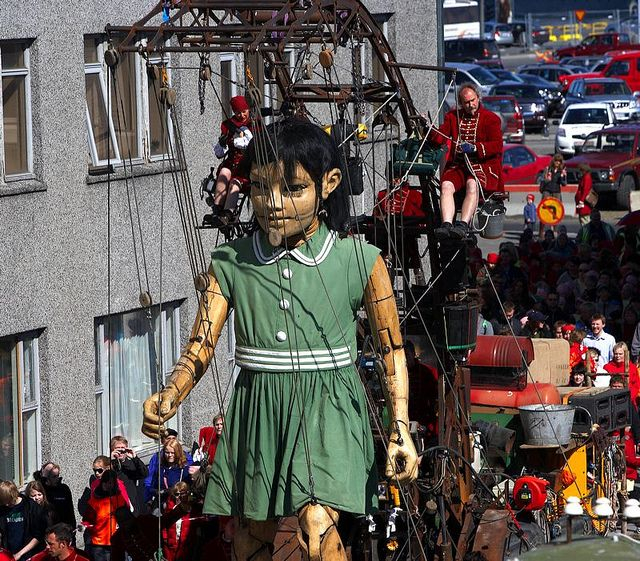
Source: Pinterest -
The Food and Fun Festival's origins can be traced back to the fact that the late winter months of February and March are considered off-season in Icelandic tourism. On Food and Fun Festival, there was a significant drop in seasonal tourism, and it was clear that something needed to be done. The idea of holding a competition between Icelandic and foreign culinary specialists was born, and the first Festival was conducted in February 2002 with the help of Icelandair, the Icelandic Hotel and Gastronomy School, and the City of Reykjavik. Since then, the festival has achieved international acclaim and has become an annual event hosted in Reykjavik in February or March.
For the one-week competition, chefs from the United States and Europe are invited to Iceland to collaborate with local eateries to prepare gourmet menus at accessible costs. Foreign chefs have been enthusiastic about the idea from the start, but only a handful have been able to join. As a result, this has become an internationally recognized gastronomical festival that draws chefs and visitors from all over the world to Reykjavik to participate in a cooking competition.
Date: February and March
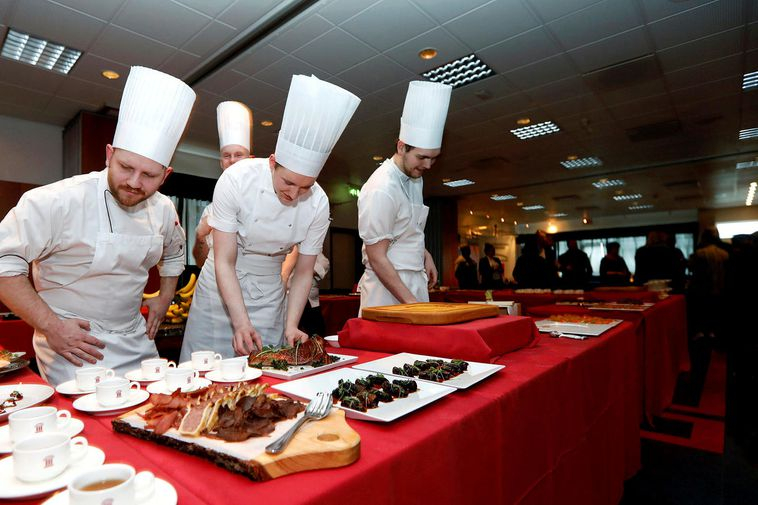
Source: Iceland Monitor 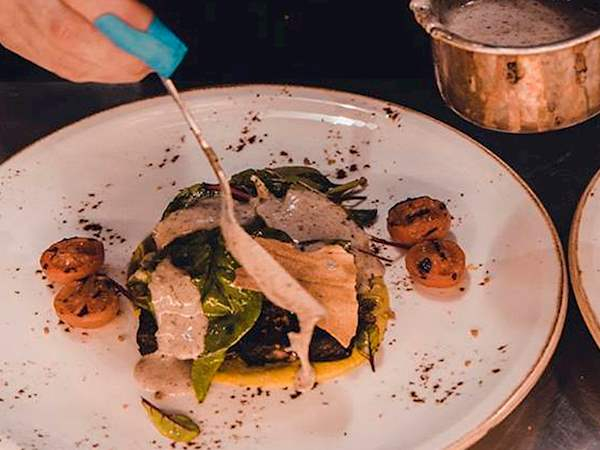
Source: TasteAtlas -
From late September until mid-October, the Reykjavik International Film Festival (RIFF) takes place. The festival runs for 11 days and includes dramas and documentaries from more than 40 nations. It’s definitely one of the most famous festivals in Iceland.
RIFF showcases independent filmmaking from throughout the world, with a focus on emerging filmmakers. This is the place to go if you want to watch something new and inventive in film.
Screenings are presented at Reykjavik cinemas, primarily at the Bio Paradis arthouse cinema in the city's center. However, some screenings are taking place in unusual locations, such as swimming pools. As seen in the video above, the picture Frankenstein was screened in the swimming pool Sundholl Reykjavikur, which was erected in 1937. (Icelandians enjoy both movies and swimming pools, so this is a winning mix!)
Date: Late September - mid-October
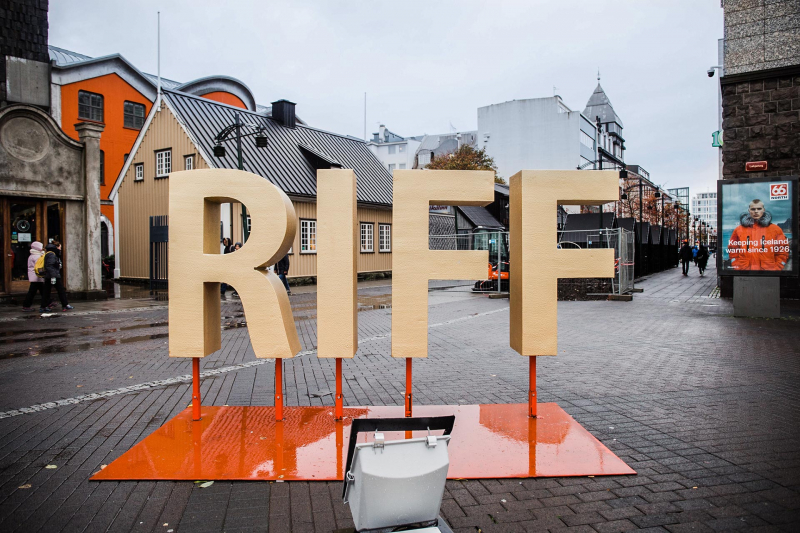
Source: riff.is Source: Secret Beach -
Since its inception in 2000, LungA, a tiny art festival in Seydisfjordur, East Iceland, has grown every year. When it first began, about 300 people attended the final concert, but now around 4,000 people go each year. Every year in the middle of July, LungA Art Festival takes place for a week. Workshops, market pop-ups, gallery exhibitions, fashion exhibitions, and live music are among the activities offered at this event, which vary from year to year.
This non-profit festival is held in a calm and picturesque fjord that attracts artists from all over the world for a week. LungA is first and foremost a festival with the goal of bringing people together in the development of art and culture, as well as increasing awareness and education about art and culture.
LungA Art Festival is a fantastic place to visit if you're interested in continuing your art education or teaching at an art school. LungA has been a part in creating a creative and artistic environment in Seyisfjörur from its inception, and has established a strong reputation in Iceland and abroad for its capacity to create and facilitate an amazing atmosphere as well as high-quality workshops and programs. It also gives happiness, self-awareness, new acquaintances, lovers, and fond memories to people who visit.
Date: July
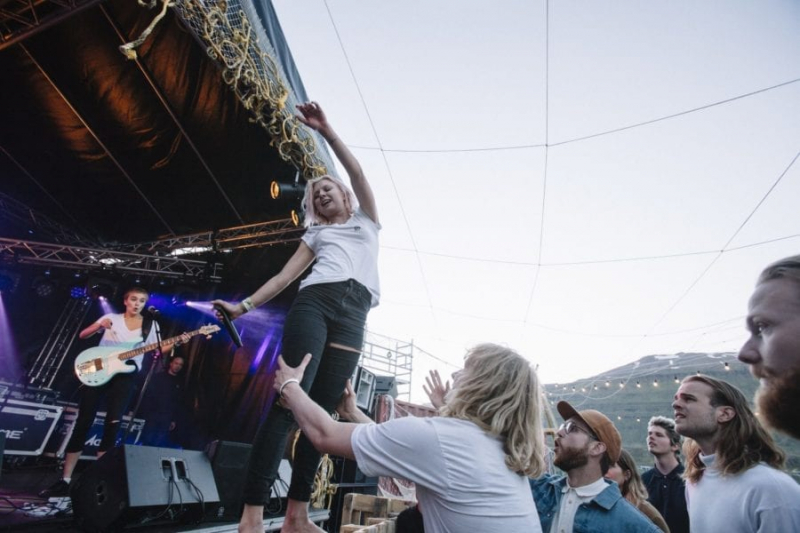
Source: Austurland.is Source: Daisy Rickman -
Icelandic National Day is a national holiday that commemorates the founding of the Republic of Iceland on June 17, 1944. Iceland's centuries-old links with Denmark come to an end on this date.
Icelanders now observe this holiday on a nationwide level. Parades through each city, town, or hamlet, usually led by a brass band, are a traditional part of the celebration. On Icelandic National Day riders on Icelandic horses frequently precede the brass band, which is followed by a flag-bearing group from the Icelandic scout organization.
After the parade, speeches are delivered in the open, including one by Fjallkonan (the mountain woman), who recites a poem while dressed in Skautbningur. She is a symbol of the Icelandic nation's and nature's ferocious spirit. In many ways, this harkens back to the romantic era that dominated when the country's initial moves toward independence were taken.
Date: June 17th
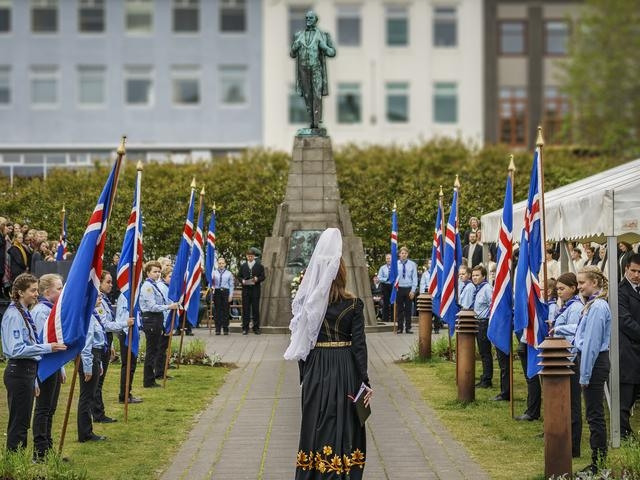
Source: Iceland Mag Source: The Reykjavík Grapevine -
The Winter Lights Festival honors both winters and the return of daylight after the darkest days of the year have passed. Many people are drawn to this lovely event, in which all of the city's buildings and facades are illuminated to commemorate the return of daylight to the country. For the Icelandic people, this is a very important celebration that lasts for days and includes events such as Museum Night and Pool Night. The country's museums open their doors to the public for free so that they can participate in a variety of cultural events. On Pool Night, guests are offered a complimentary pass to use the geothermal hot pools.
One of the most famous festivals in Iceland, the Winter Lights Festival, of course, is an annual event that brings life to the city during the winter months. The Festival honors the winter landscape as well as the return of light after a lengthy time of darkness. Art and business, the environment and history, sports and culture are all represented in the program. The festival provides entertainment for both locals and visitors to Reykjavik.
Date: February
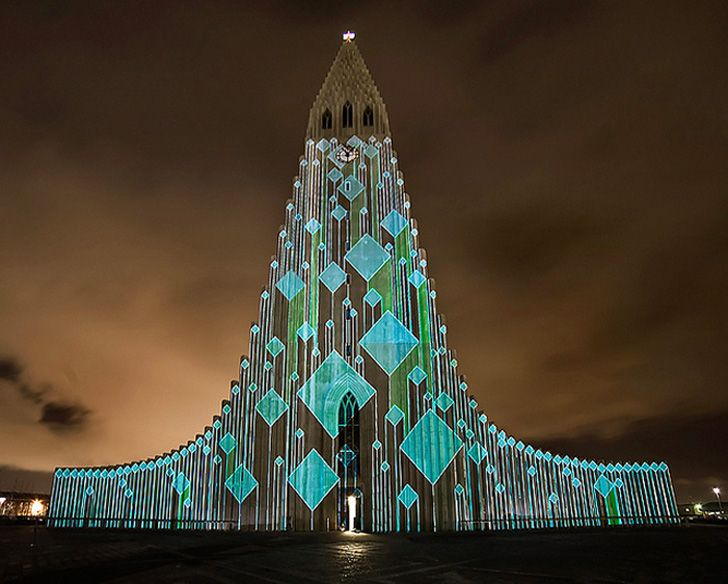
Source: Pinterest Source: All Things Iceland -
This is one of Iceland's most important design events, which began in 2008. Over 100 activities are planned for the festival, each focusing on different areas and genres of design, such as food design, furniture design, fashion design, and so on. The festival attracts well-known designers from all around the world, as well as Iceland. The Design Talk, where both foreign and local designers discuss modern design and its issues, is one of the festival's two primary attractions. The Design Match is the second highlight, where local designers can get up and personal with international designers and businesses to network and maybe sign contracts.
Design March brings together attendees and visitors who are interested in progressive design and innovation. The festival ushers in fresh and unexpected ways, and it serves as a vibrant platform for ideas, various perspectives, and information as a driving force that enriches and improves society.
Date: May
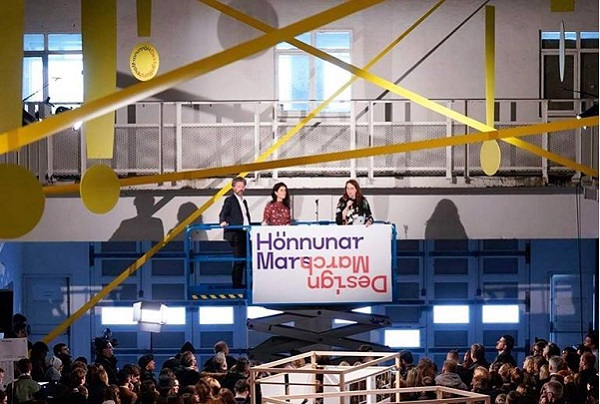
Source: SBID Source: Icelandair












